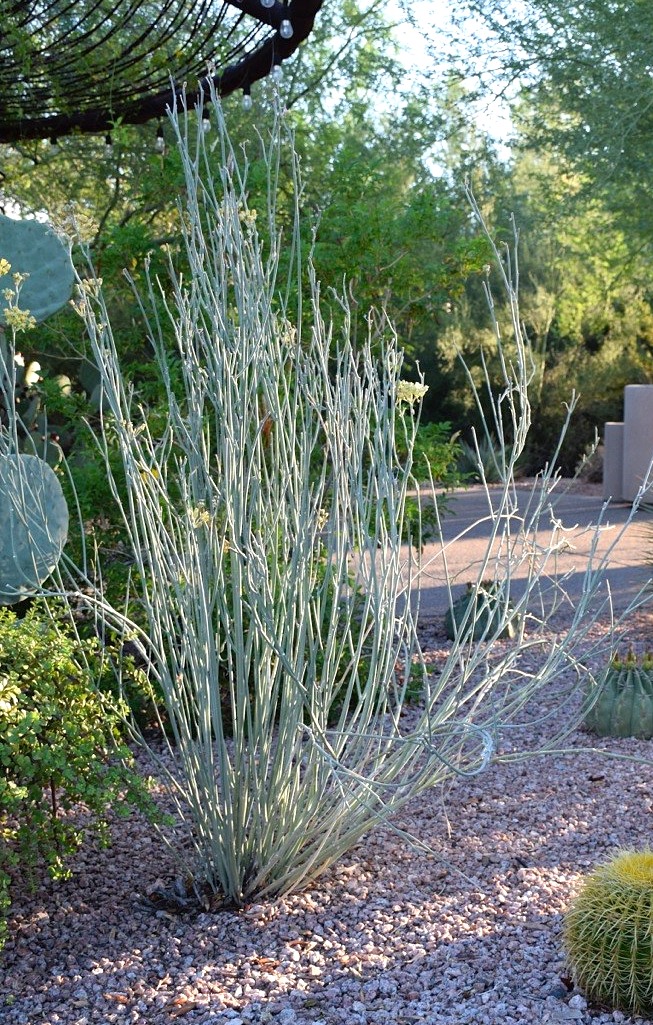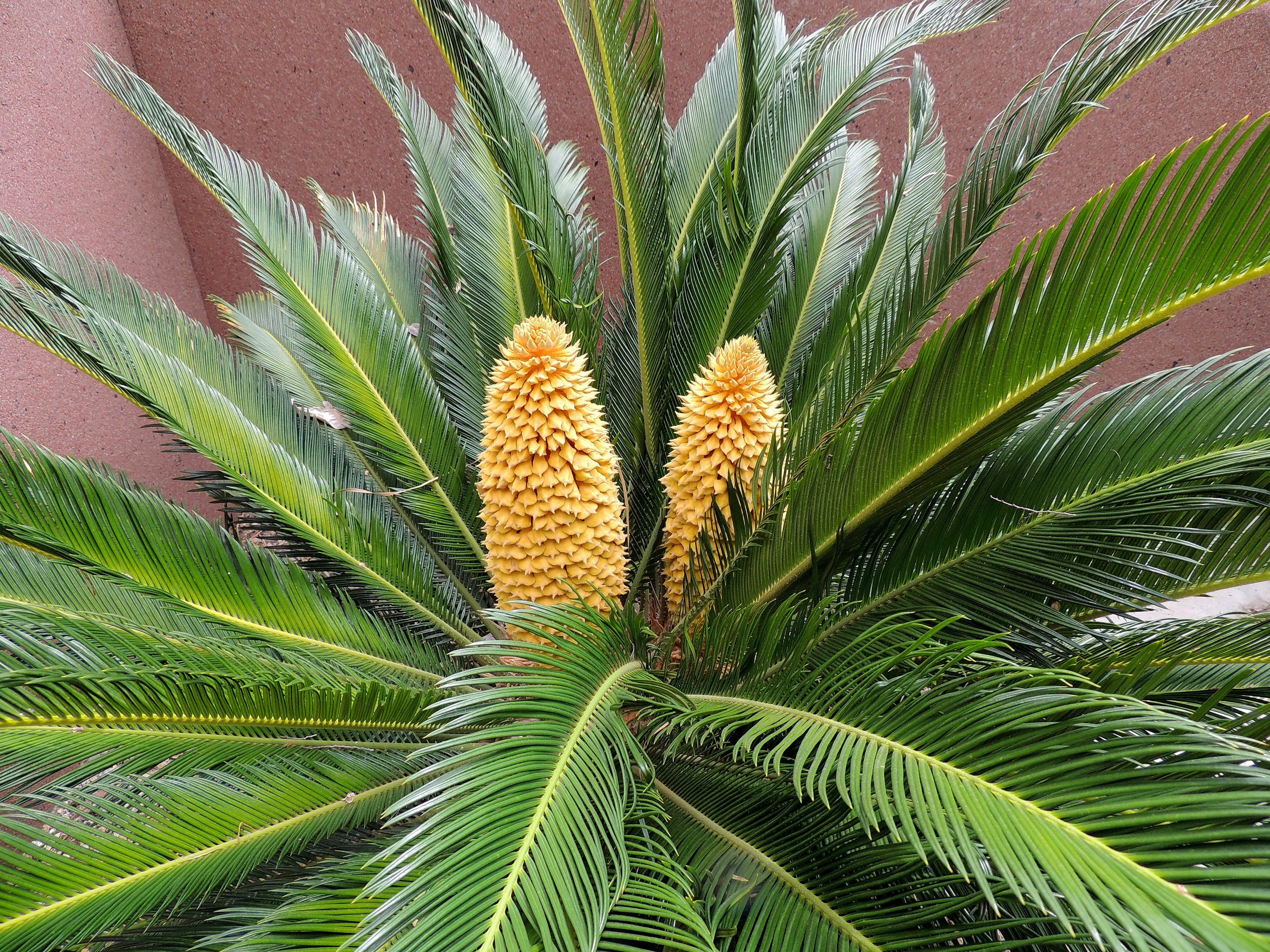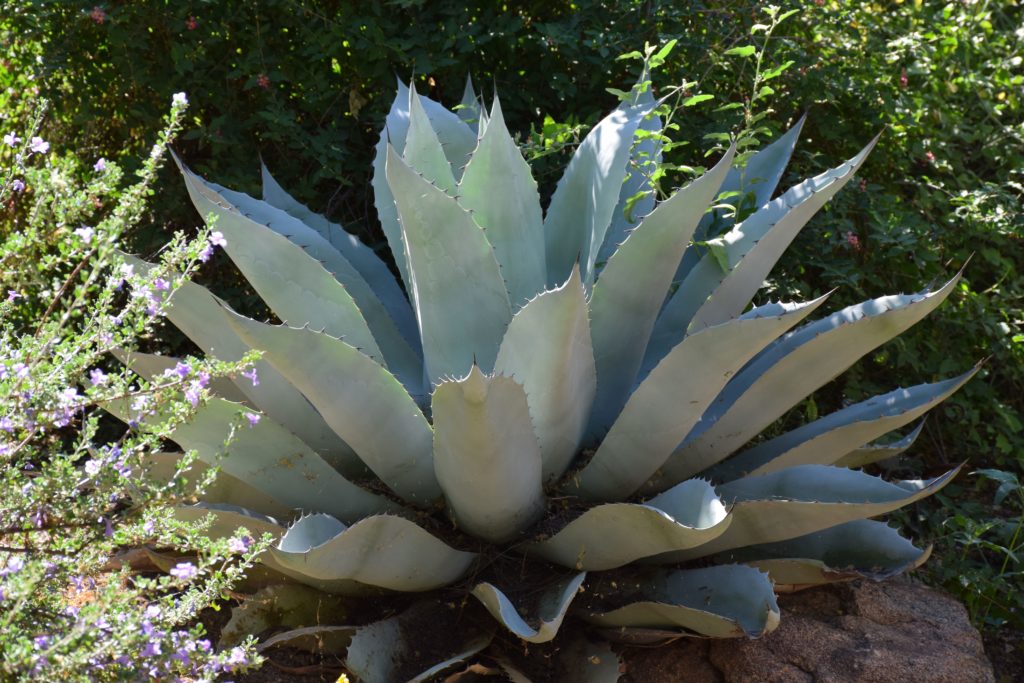This article originally appeared on December 28, 2015, and is being reposted with permission. For 50 years, Arizona Municipal Water Users Association has worked to protect our member cities’ ability to provide assured, safe and sustainable water supplies to their communities. For more water information visit www.amwua.org.
Succulents can steal the show in a drought-tolerant landscape. Their structural and exotic shapes add whimsy and originality to a desert yard.
With a little knowledge, succulents are as easy to maintain as any other drought-tolerant plant. Here’s the secret: Succulents encompass a wide variety of plants. While there are general succulent-care guidelines, it is important to understand how each one is different and what it needs to thrive.
For example, many types of aloe will tolerate the sun but their leaves will stand up to protect their cores and often turn a purple-brown. When planted in partial shade, these same plants relax, open up and stretch out their bright green leaves to look prettier.

Full Sun Succulents
While most succulents prefer partial sun, some thrive in full sun, such as Octopus Agave (Agave vilmoriniana), the twisted Slipper Flower (Pedilanthus macrocarpus, but reclassified as Euphorbia lomellii), and the thick-leaved Parry’s Agave (Agave parryi).
Sun lovers also include most varieties of desert milkweed (Asclepias spp.) plants, which are popular in desert yards because butterflies feed on them when still caterpillars.
Partial or Full Shade Succulents
There are a few that thrive in partial or full shade and will enliven that strip of yard that rarely sees the sun.
- Elephant Food (Portulacaria afra): Now here’s an interesting sprawling and extremely hardy plant that lives in shade – and full or partial sun. It just isn’t that fussy. It’s also a lovely container plant that will grow up, out and over the sides.
- Sago Palm (Cycas revoluta): Get a tropical look without the work and mess of a palm tree. These lovely palm-like succulents grow slow and low, never getting much higher than 5 feet. They also can take partial sun.
- Smooth Agave (Agave desmettiana): These popular and hardy succulents are dark green, rosette formed, with lots of offshoots. When they bloom once in eight years or so, it’s a spectacular stalk with yellow flowers.
Keeping Your Succulents Healthy
Despite the differences, there are a few general tips for growing healthy succulents.

- Most prefer shadier spots in your garden with partial sun. So plant them under an eave, near a porch, around a shade tree or on the east side of a shrub that will protect them from the western sun.
- Don’t water succulents when the weather is chilly. They most likely will rot and die.
- Don’t dig a well at the base of a succulent and let water sit around the roots. If you have created swales in your landscape for water harvesting, plant succulents on the dry banks where water can quickly drain away. If heavy rain is in the forecast, create small drainage ruts around your succulent to carry away the water.
- Cover succulents if the temperature reaches freezing. The eaves, porch roofs, trees or shrubs that create shade for succulents also can help to protect them from some cold damage. Plants in the open are more vulnerable.
- Many succulents do well in pots because their root structures often are small. If you plant them in a container mix in about 50 percent perlite or pumice to a good quality potting soil to help improve drainage. Never use a drip pan directly under a pot with a succulent. Set the container on bricks or small stones to prevent it from sitting in water.
Find the succulents that could add a little drama to your yard at AMWUA.org/landscape. Then learn about the succulents you like before planting them. There are experts on hand at your local nursery, the spring plant sale at the Desert Botanical Garden in Phoenix or The Central Arizona Cactus and Succulent Society meetings held once a month at the garden.


